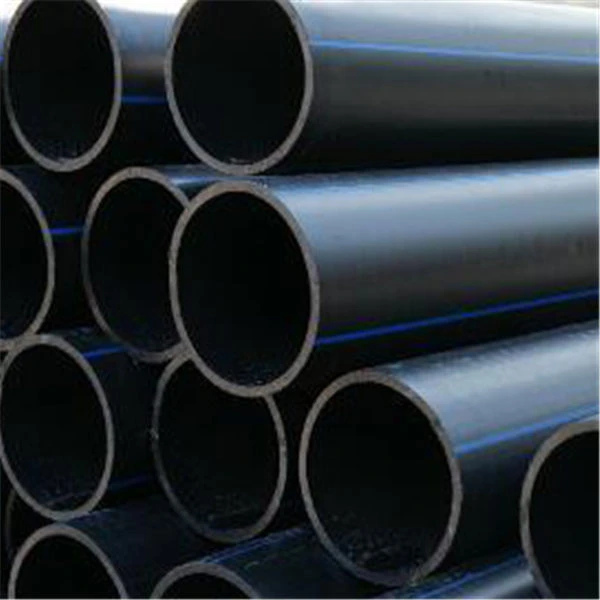Aug . 07, 2024 15:20 Back to list
High-Density Polyethylene Welding Rods for Durable and Effective Repairs in Plastic Fabrication
The Importance of HDPE Welding Rods in Modern Fabrication
High-Density Polyethylene (HDPE) is a versatile plastic widely used in various industries due to its excellent strength-to-density ratio, resistance to impact, and chemical stability. One of the fundamental techniques for joining HDPE materials is welding, and one of the key components in this process is the HDPE welding rod. In this article, we will explore the significance of HDPE welding rods, particularly the 5mm variety, in modern fabrication processes.
Understanding HDPE Welding Rods
HDPE welding rods are specially formulated rods used to fuse HDPE materials together. Available in various diameters, the 5mm welding rod is a popular choice for many applications. These rods are manufactured from pure HDPE to ensure compatibility with the materials being welded. When using a welding rod, the process typically involves heating both the HDPE sheets and the rod until they reach a molten state, allowing for a strong bond to form as they cool.
Advantages of HDPE Welding
The use of HDPE welding rods comes with numerous benefits. Firstly, welding provides a seamless and durable joint, which is vital for applications that require both structural integrity and longevity. Unlike mechanical fasteners or adhesives, welded joints do not suffer from loosening over time, making them ideal for critical applications such as pipelines, tanks, and industrial containers.
Moreover, HDPE welding is a cost-effective solution. The process not only minimizes material waste but also reduces the costs associated with labor and equipment compared to other joining methods. With the right training, operators can achieve high-quality welds quickly and efficiently using 5mm HDPE welding rods.
Applications of HDPE Welding Rods
hdpe welding rod 5mm

Applications of HDPE welding rods extend across various sectors. In the construction industry, HDPE sheets are commonly used for creating impermeable barriers and liners in landfills and ponds. The 5mm welding rods are essential in creating these structures, ensuring that joints remain watertight and durable.
In the agriculture sector, HDPE is often used for piping systems in irrigation due to its resistance to corrosion and ability to withstand high-pressure conditions. Proper welding techniques using 5mm welding rods provide reliable joints that minimize leaks and maintenance issues, thereby enhancing the efficiency of agricultural operations.
Additionally, the chemical industry frequently employs HDPE for its ability to resist a wide range of chemicals. Fabrication of storage tanks and containers often necessitates the use of HDPE welding rods to ensure that these vessels maintain their integrity under various conditions.
Best Practices for Using HDPE Welding Rods
When utilizing 5mm HDPE welding rods, several best practices should be followed to achieve optimal results. First, ensure surface cleanliness; contaminants like dust, oil, or water can result in weak joints. Additionally, the proper selection of temperature is crucial to achieving a good bond—too hot can burn the material, while too cool will result in inadequate fusion.
Training and experience play essential roles in the welding process. Using techniques such as the stringer bead or weave pattern can help create stronger joints, and the welder’s skill will significantly influence the quality of the finished product.
Conclusion
HDPE welding rods, particularly the 5mm size, are indispensable in various industrial applications due to their effectiveness in providing strong, durable joints. As industries continue to seek reliable and cost-effective solutions for joining materials, the relevance of HDPE welding rods remains paramount. With proper techniques and practices, utilizing these rods can lead to successful fabrication outcomes that meet the rigorous demands of modern applications. Whether in construction, agriculture, or chemical processing, the significance of HDPE welding rods cannot be overstated—they are essential for creating the durable products that industries rely on today.
-
HDPE Pipe Fittings: Durable, Leak-Proof Solutions
NewsAug.16,2025
-
Premium CPVC Sheet: High-Temp & Chemical Resistant Solutions
NewsAug.15,2025
-
Durable PPR Pipe for Hot & Cold Water Systems - Easy Install
NewsAug.14,2025
-
Durable HDPE Sheet | Versatile & Impact-Resistant Plastic
NewsAug.13,2025
-
Premium PVC Soft Sheets: Clear, Flexible & Durable
NewsAug.12,2025
-
Premium PVC Round Rods: Durable, Chemical Resistant, Easy to Machine
NewsAug.11,2025

